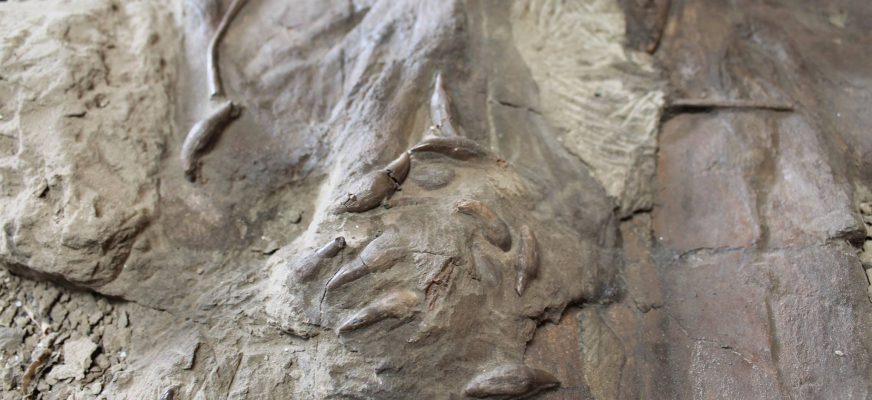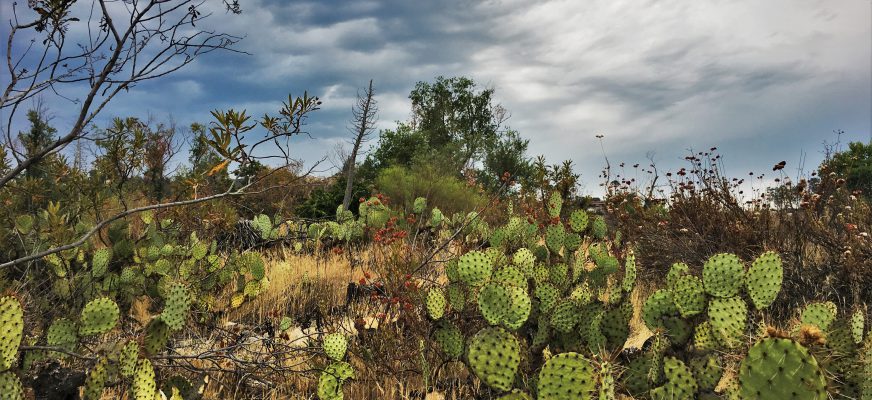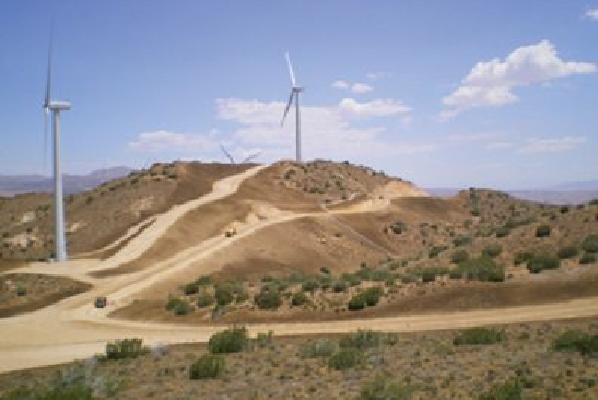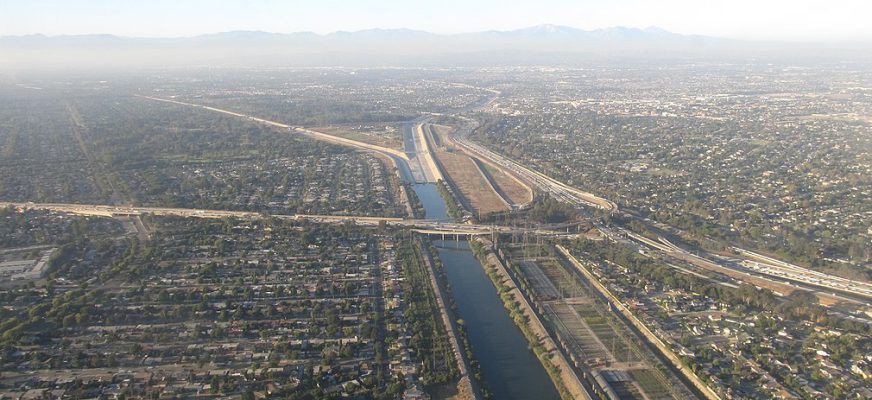San Clemente Shore Protection Project
An EIR/EIS for a potential project to protect the San Clemente Shoreline from erosion, storms, and climate change
- Coordination with the Following Agencies: NOAA National Marine Fisheries Service; California Department of Fish and Wildlife; U.S. Fish and Wildlife Service; California Coastal Commission
- Joint EIS/EIR
- Surfgrass Survey
- Air Conformity Determination
- Coastal Consistency Determination
- 404(b)(1)
- CEQA and NEPA Notices
- Mitigation Monitoring and Reporting Program
The City of San Clemente is an affluent beach city located in Orange County, California. With over 3,000 feet of shoreline, San Clemente had begun the process of examining counter measures to erosion and storms that reduced recreational beach opportunities and were threatening the stability of City facilities, private property, and a major southern California commuter rail corridor. Beach erosion has been and continues to be an ongoing problem along the San Clemente shoreline. More recently, over a 20 year span, average widths in the City’s beaches gradually reduced more than 50 percent compared to beach measurements from 1958 and 1981. The City of San Clemente partnered with the U.S. Army Corps of Engineers (USACE) to protect approximately 3,412 feet of shoreline from Linda Lane to T-Street.
Chambers Group completed a joint Environmental Impact Report / Environmental Impact Statement satisfying the National Environmental Policy Act (NEPA) and the California Environmental Quality Act (CEQA) for a proposed beach fill/nourishment action alternative. In addition to conventional impact area analyses on air quality, geology, water quality/oceanography, biological resources, cultural resources, ground and vessel traffic/transportation, land use, noise, recreation, aesthetics, public health and safety, and socioeconomics/environmental justice, Chambers Group conducted a surfgrass survey and prepared an Air Conformity Determination, Coastal Consistency Determination, 404(b)(1), CEQA and NEPA notices, and the mitigation monitoring and reporting program. Chambers Group also coordinated with federal and state agencies, such as the National Oceanographic and Atmospheric Administration (NOAA) National Marine Fisheries Service (NOAA Fisheries), California Department of Fish and Wildlife (CDFW), and U.S. Fish and Wildlife Service (USFWS) in multiple, multi-agency meetings for sensitive biological resources, such as surfgrass.
“Chambers Group team under the imperative project management and guidance of Ms. Louie as well as the esteemed expertise and practice of Noel Davis, PhD, were essential in moving this critical flood risk management project to finalization in the Congressional budget process.”
Thomas Keeney, Senior Ecologist/Biological Services Manager, USACE, Los Angeles District






